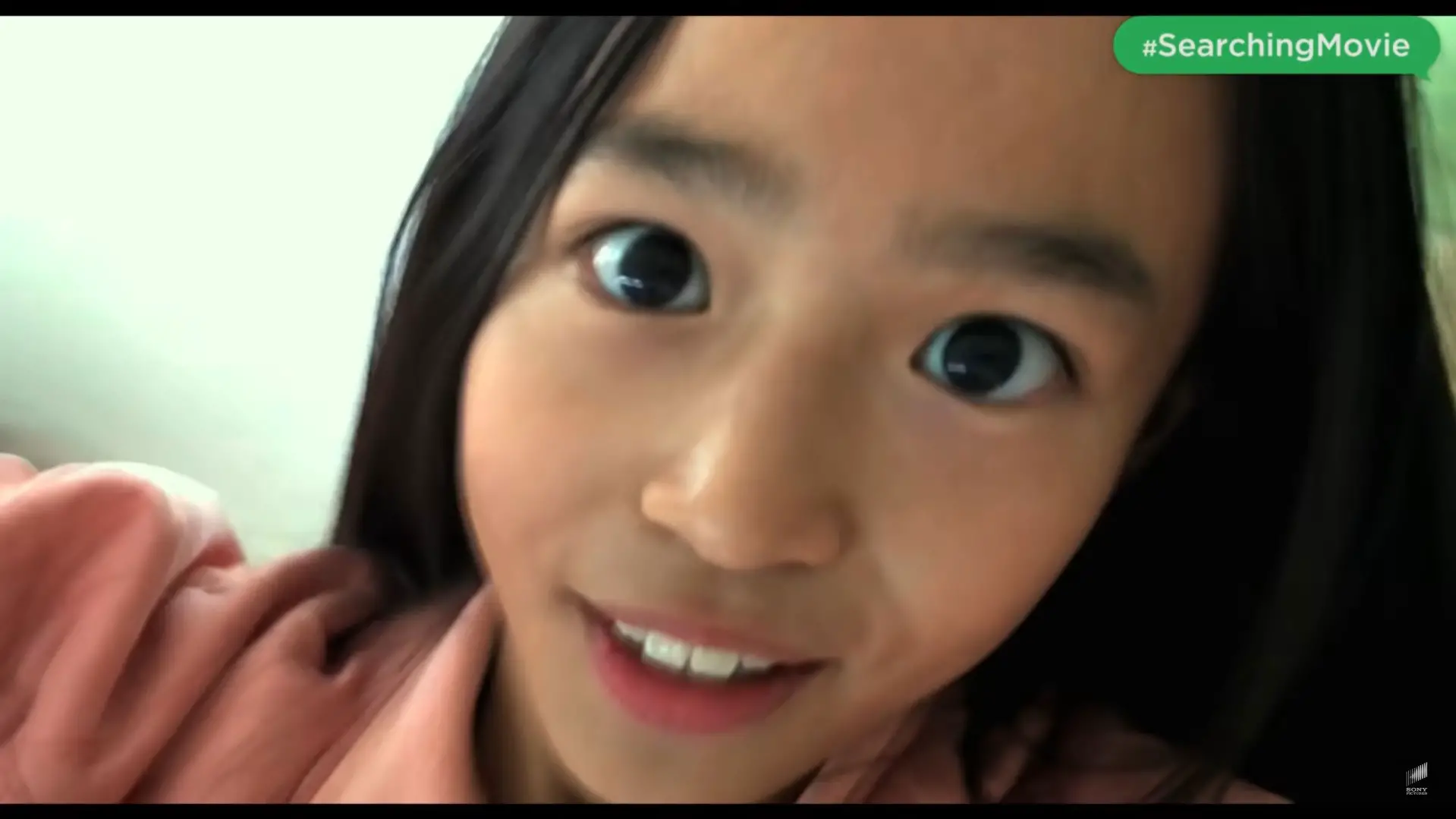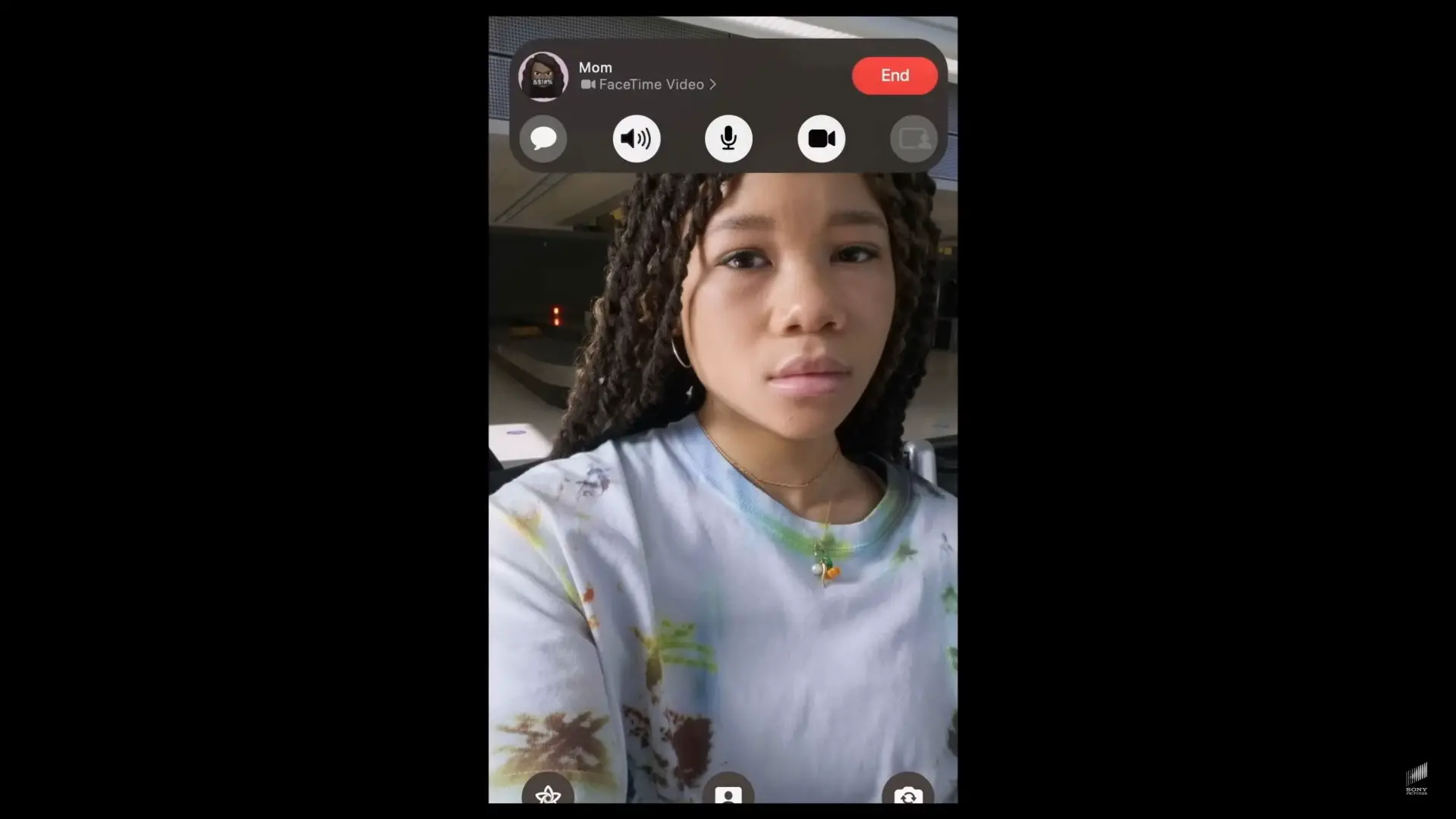
Screenlife Movies
Screenlife movies are a modern and unique type of storytelling where everything unfolds entirely through a digital screen—usually a computer, tablet, or smartphone. Instead of traditional camera shots, the audience watches the story play out through video calls, social media, emails, texts, and web browsing. It’s like peeking over someone’s shoulder into their digital life—and it can be surprisingly intense.
This format took off with films like Unfriended (2014), a horror movie that takes place during a group video chat, and Searching (2018), a mystery-thriller where a father tries to track down his missing daughter using her online activity. These movies proved that, when done right, screenlife films can be just as suspenseful, emotional, and gripping as any big-budget production.
What makes screenlife movies stand out is how realistic and relatable they feel. We all live on screens—texting, scrolling, Zooming, Googling—and screenlife stories use that familiarity to pull us in. The format makes small actions—pausing to type, hovering over a name, deleting a message—feel dramatic and meaningful.
Because everything happens in real time, screenlife films often feel fast-paced and immersive. They’re also very creative, using multiple apps, tabs, and notifications to tell the story in a layered way. You have to pay close attention, just like reading between the lines of a real conversation.
Screenlife isn’t just for thrillers or horror. It’s also been used for comedies, dramas, and even romance. The format is especially popular with indie filmmakers because it’s affordable and fits our digital-first world.
In a time when so much of life happens online, screenlife movies feel incredibly current. They reflect how we communicate, how we hide things, and how our screens can both connect and isolate us—all while keeping us on the edge of our seat.




